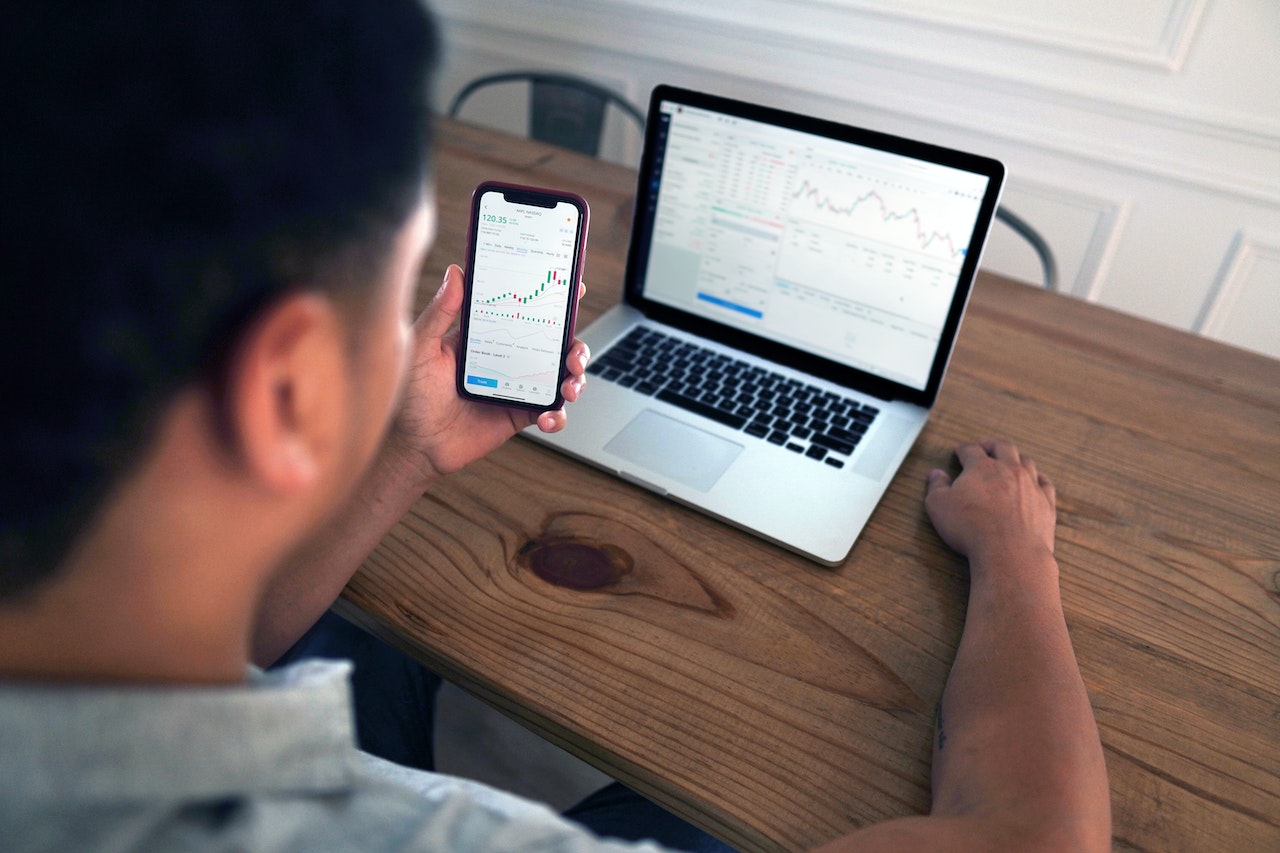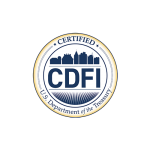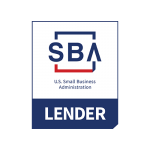
Beginning to invest for the first time can feel over whelming. It might feel like all you can do is pay the rent, buy food and pay the electric bill! Not to mention the six months of expenses you need to save in your emergency fund. However, investing in your future is one of the best decisions you can make and it is never too late to start. Many people avoid investing because they don’t know how to start. If you are not investing because you are confused about how to begin, here are some easy first steps on how to begin investing.
Step One: Start Small
It all begins with a single step. You can begin investing with a just a small amount of money. At this stage it is more important to develop the habit of investing every single month. It can be a little as one hundred or two hundred dollars. Once you have decided on the dollar amount begin investing that money every month without exception.
Here’s how it can work. Let’s say you invest $200 every month for 10 years and earn a 6% average annual return. At the end of the 10-year period, you’ll have $33,300. Of that amount, $24,200 is money you’ve contributed — those $200 monthly contributions — and $9,100 is interest you’ve earned on your investment.
Investing with small dollar amounts is now possible due to low or no investment minimums, zero commissions and fractional shares. Check around, there are plenty of investments available for relatively small amounts, such as index funds, exchange-traded funds and mutual funds.
A general rule is to invest a total of 10% to 15% of your income each year towards retirement. That might seem out of reach now, but you can start small and build over time. How much you should invest depends on your financial situation and your investment goals.
Step Two: Open an Account
A brokerage account is an investment account used to buy and sell securities such as stocks, bonds, mutual funds and ETFs. Shop around and find a low-fee online discount broker. It’s quick and easy to open an online account. Many firms allow you to open an account without an initial deposit. There should be no fee to open a brokerage account.
Once you have an account opened you can fund the account by transferring money from your checking or savings account. This will provide the funds you will need to purchase your first investment.
Keep in mind that you own the funds in your brokerage account, and you can sell investments at any time. The broker holds your account and acts as an intermediary between you and the investments you want to purchase.
There is no limit on the number of brokerage accounts you can have, or the amount of money you can deposit into a taxable brokerage account each year.
Step Three: Pick an investment strategy
When it comes to how you begin investing, there are two main strategies. They are active investing and passive investing. Each investment strategy has its own advantages and disadvantages. To determine which is best for you need to examine your own lifestyle, budget and risk tolerance.
Active investing. This means taking time to research investments yourself and construct and maintain your own portfolio. To be successful with this approach you need to have time, knowledge and desire.
First you will need to have time to research investment opportunities and have the ability to conduct some basic analysis. You will also need some basic knowledge of how to analyze stocks and have a strong desire to spend hours on your investments.
Passive investing. This style of investing takes the opposite approach. A passive investment is when you put your money to work in a vehicle that is being managed by a professional investor. A mutual fund is a form of passive investment. If you don’t feel confident in your knowledge of stocks and bonds or do not have the time to oversee your investments, this might be a better option.

Step Four: Understand investment options.
After you decide your approach on how to begin investing, you will need to select an investment vehicle. The most common options are stocks, bonds, mutual funds and ETF.
Remember that every investment carries risk, and it’s important to understand each instrument, how much risk it carries and whether that risk is aligned with your goals. Let’s take a look at the options.
Stocks
A stock is a share of ownership in a single company. Stocks are also known as equities. Stocks are purchased for a share price, which can range from the single digits to a couple thousand dollars, depending on the company.
Bonds
A bond is essentially a loan to a company or government entity, which agrees to pay you back in a certain number of years with a set interest.
Bonds generally are less risky than stocks. You know exactly when you’ll be paid back and how much you’ll earn. But bonds earn lower long-term returns, so they should make up only a small part of a long-term investment portfolio.
Mutual funds
A mutual fund is a mix of investments packaged together. Mutual funds allow investors to skip the work of picking individual stocks and bonds, and instead purchase a diverse collection in one transaction. The inherent diversification of mutual funds makes them generally less risky than individual stocks.
Exchange-traded funds
Like a mutual fund, an ETF holds many individual investments bundled together. The difference is that ETFs trade throughout the day like a stock, and are purchased for a share price.
Some final thoughts
Know your level of risk and understant that not all investments are succesful. It’s really important to determine the level of risk you are comfortable with. If the rise and fall of the stock market makes you unable to sleep at night, maybe you should consider bonds. You might feel safer knowing that you will have a fixed rate of return over the years and that your initial capital will be untouched. Bonds have predictable returns but often offer lower returns.
A good compromise for beginners is a robo-advisor. This is a service offered by many brokerage houses that will construct a portfolio of stocks and bonds designed to maximize return while keeping your risk level at a level you can live with.
There are pros and cons to all investments so you need to think through what feels best for you and what can best meet your finanical goals. Investing money can be intimidating. Take control by determining how much you want to invest, how active of a role you want to play and what kind of vehicle feels best for you.
Most importantly you can feel confident knowing that you have taken the first steps towards your own financial freedom. Happy investing!





